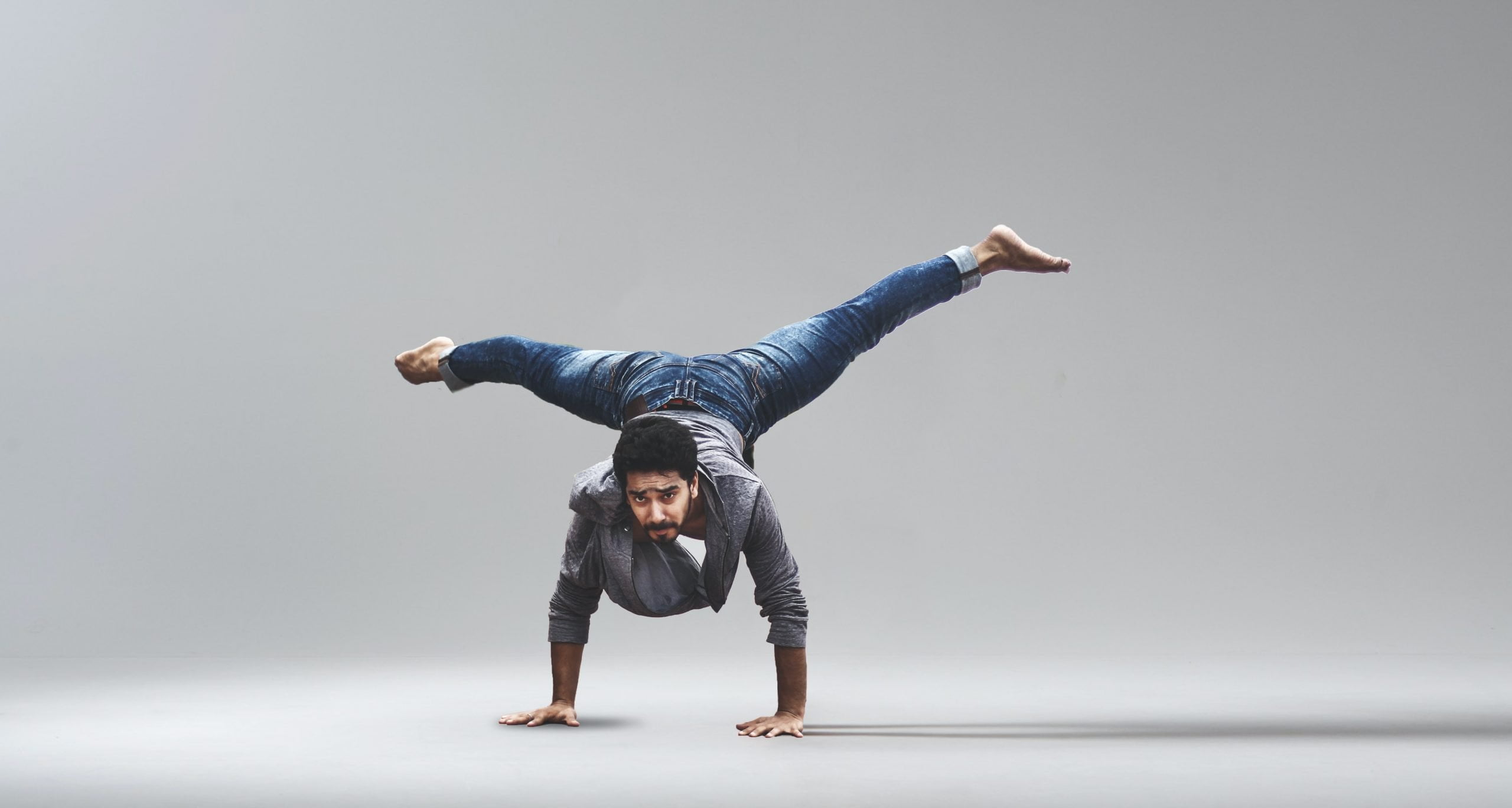The squat is one of the most fundamental movements out there. The very next thing we did, when we started walking is squat. As we got older, we may have lost our ability to do this movement.
Anatomy of leg muscles
We will go into three joint sections;
- Hip joint
- Knee joint
- Ankle joint
- Hip joint flexion: M. iliopsoas and M. iliacus; secondarily also M. sartorius, M. rectus femoris
- Hip extension: M. gluteus maximus; secondarily, M. semitendinosus + M. semimembranosus + M. biceps femoris (short head of biceps femoris muscle primarily allows knee flexion. Long head of M. biceps femoris secondarily does hip extension.)
- Hip adduction: M. pectineus, M. adductor brevis (short head), M. adductor longus (long head), M. adductor Magnus (mighty muscle); all 3 have their origin in the pubis, M. gracilis
- Hip abduction: M. gluteus maximus, M. gluteus medius, M. gluteus minimus, TFL-Tensor fascia latae, (in fact, a very short muscle that originates in the intestine and attaches to the iliotibial tract. A common occurrence is an iliotibial syndrome, usually in runners, it appears like knee pain on the lateral side of the thigh.
Knee joint
- Knee flexion: M. sartorius, M. gracilis, Triceps surae (M. gastrocnemius and M. soleus), M. popliteus, M. semitendinosus, M. semimembranosus and lastly M. biceps femoris.
- Knee Extension: Quadriceps femoris muscle (4) – M. vastus lateralis, M. vastus medialis, M. vastus intermedius, M. rectus femoris.
- Mild knee rotations; which are invisible to the naked eye.
Ankle joint
- Triceps surae
- M. gastrocnemius: plantar flexion, knee flexion (because it also originates from the dorsal part of the femur)
- M. soleus: plantarflexion
- M. tibialis anterior: dorsiflexion and inversion of the foot

Now that we know a bit better about the anatomy of legs, we can start practicing the squat. As you can see, there are a lot of muscles in the leg department and they are all connected to each other. I have only presented the important ones, but this is just the tip of the iceberg.
How to squat properly
This time we start from the bottom to the top. So in case you squat, you should be conscious of your body position and joint alignment.
Start by analyzing the position of the body from heel to head.
Transfer of force in a squat
The transfer of force should always take place over the heel or center of the foot and never over the toes. When we have the center of gravity at the heel or middle of the foot, we will be able to lift more weight and keep the body in a comfortable position. However, when pushing through heels, we must be careful about weight tipping us back, resulting in falling behind. So we start practicing by laying a bench behind us to protect ourselves from possible danger.
When the bench is positioned, we can comfortably sit back, just like on the toilet or a sofa, and then we push through the heels when we try to stand up from the sitting position. This will help us learn the squat movement.

Knee squat position
Your knees should be in a safe position to prevent any tendon inflammation or worse. As we descend, our knees should be behind our toes and never over them.
You can do squats with knees over your toes, but never with a loaded bar or heavy weight on your back. This will make sure, the load is on muscles and not on the knee joint. How can we assure a good position? When we begin the exercise, we simply begin with a hip hinge. To perform a correct hip hinge, we need to keep our hips mobile.

We can do this with simple hip mobility drills. More about hip mobility drills on my youtube channel. If we still have trouble, performing a hip hinge while squatting, we can put a resistance band over our pelvis and attach it behind us. This will make us do a hip hinge.
Knee valgus and squats


Why is this happening?
If the squat is correct, then we do a lateral rotation of the thigh, so we have our knees outwards. M. gluteus maximus and M. gluteus medius, M. gluteus minimus ( abductors) muscles are responsible for this. When these muscles are not strong enough, they are compensated by the medial/internal rotation of the thigh, for which the adductor muscles are responsible: M. adductor brevis, M. adductor magnus, M. adductor longus.
Knee valgus usually occurs in eccentric contraction – the thigh muscles become distended. The hip extensors are primarily responsible for this movement. Women are particularly vulnerable to this phenomenon because of their hip width. The best solution is to strengthen the muscles of the abductors and the muscles of the hip extensors, i.e. M. gluteus maximus, M. semitendinosus, M. semimembranosus, M. biceps femoris.
Locking your knees
The third thing we should NOT do is to lock at the knees, as this puts unnecessary stress on the knees themselves and thus exposes them to injury every rep at a time.

Position of pelvis and spine in a squat
All force transfers are happening around the pelvis. It is therefore important that we have it in the best possible load position. The pelvis is connected to the spine in the lumbosacral joint. The pelvis and spine must always be in neutral!
What is a neutral position?
The natural curves of the spine determine the neutral position, in the cervical part, we have a slight lordosis, in the thoracic part, we have a slight kyphosis, in the lumbar lordosis again, and later in the sacrum, kyphosis.

Excessive pelvic tilts



Neck
The neck is in the extension of the spine. We look slightly ahead of ourselves and keep our thoughts clear and focused on the task ahead.
Alternative exercises for squats
If you have lower back pain, knee pain, or just can’t do squats without some kind of discomfort, you can try various different exercises which will help you build your legs and make your core strong again.
Unilateral exercises
When you do unilateral exercises you can half the amount of weight, which would be needed to make the same amount of stimulation, when doing it bilaterally. This is good news for your lower back and your joints because you can get the same amount of progress, with less amount of stress on your joints and spine.

Another great thing about unilateral exercises is that it engages your core, by resisting the force and trying to pull you over to the side, where you hold a dumbbell. Stabilizing the core is fundamental to a healthy spine. We can cover a few exercises that will challenge your leg muscles.
- Split squats,
- Lateral squats,
- Lunges,
- Bulgarian split squats,
- One leg squat,
- One leg deadlifts
You can do 3-4 sets of 8-15 reps for one of these exercises, except one-legged squats, which can be very demanding, if you are not in great shape and have the necessary balance. You can try and perform one-legged squats with support by holding a bar, a squat rack, or even a workout partner. Try to aim for 6 to 8 reps of this exercise on each leg.

If these exercises don’t challenge you, you can add weight. If you are advanced, you can take a single dumbbell and alternate it from one hand to another between sets on each leg.
For example, if you do split squats on the left leg for 15 reps, hold the dumbbell on the opposite side (right hand).
Then when you switch to the right leg, hold a dumbbell in your left hand. This way, you will learn how to maintain balance and engage your core by stabilizing the spine. The same goes for the lunges, Bulgarian split squats, and one-leg deadlifts.
When doing lateral squats, you will have a hard time holding the weight in each hand separately. Just take a kettlebell and keep it with both arms. The same thing goes for the one-legged squats.
Machines
Another great thing to do for improving your leg muscles is doing various machines. Hax squat, which simulates a real squat, is one of the more demanding exercises for legs. It helps with going through the motion of squatting safely. The second one is leg presses. The great thing about leg press is that you can isolate your legs and load the weight because your back is in place and stable. You can get A LOT from leg press alone.
Play with the feet position also, put them wide apart/very close OR spot feet higher/lower, to stimulate different parts of the legs.

- The more your legs are wide apart; the more adductors will work,
- The more your legs are narrow, the better stimulation of abductors will occur. It is also a more quads-dominated variation, as it takes the load of the adductors, and with the combination of the lower feet position, it can build your quads effectively.
- The higher position of the feet will cause more activation of the glutes and hamstrings.
- The lower position of the feet will cause more activation of quads; however, be careful about how low you put your feet, as it can cause issues with people who have knee pain!
Then we have isolation machines such as leg extensions, hamstring curls, calf raises, hip thrusts, hip extensions, hip adductions/abductions, and so on. I would strongly advise, you to focus on compound movements first and then move to isolation exercises, as you want to progress on the activities, which will bring you more progress.
I hope you found something useful in this article.
Have fun in the gym,
and make those legs grow.

